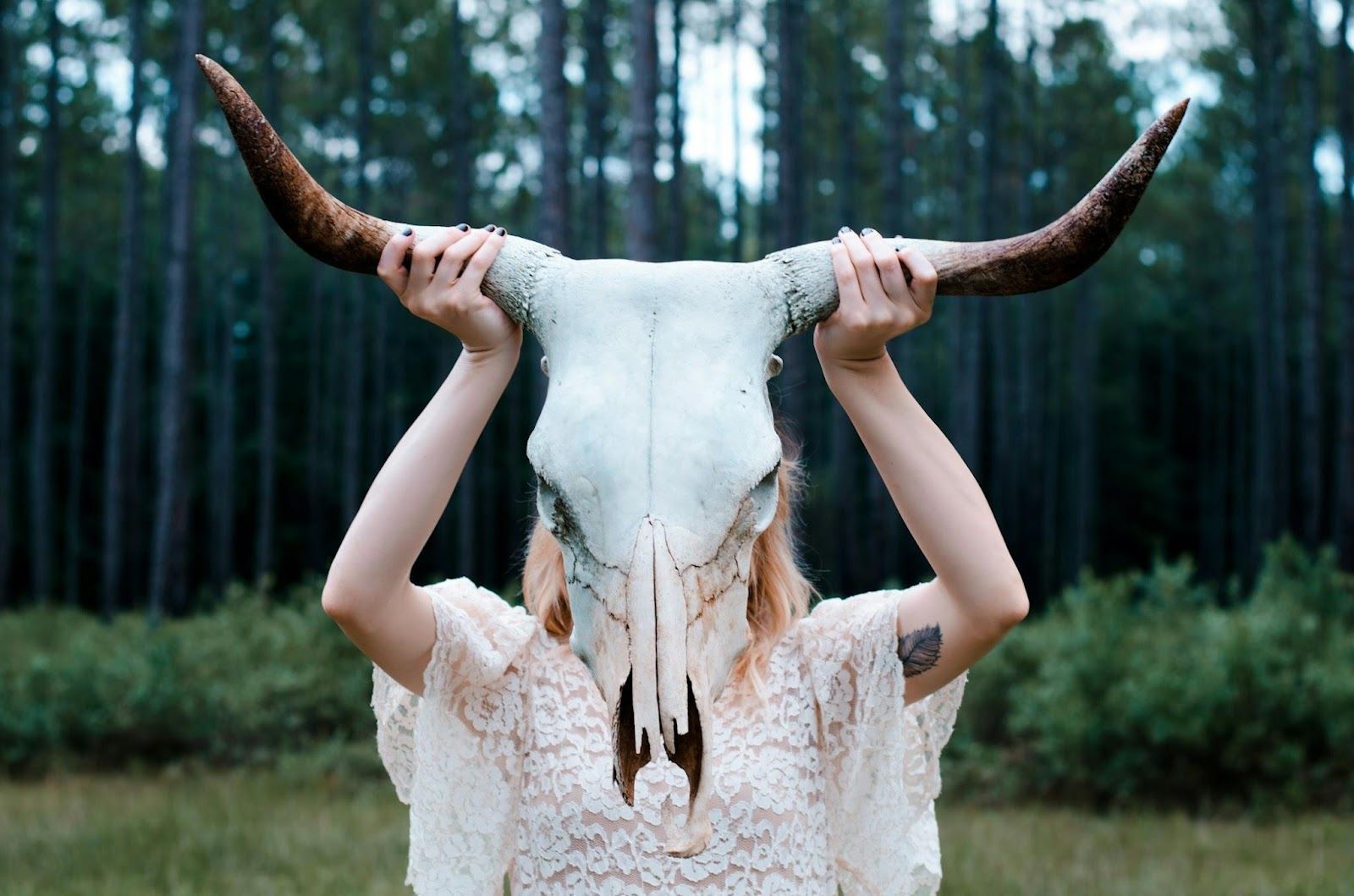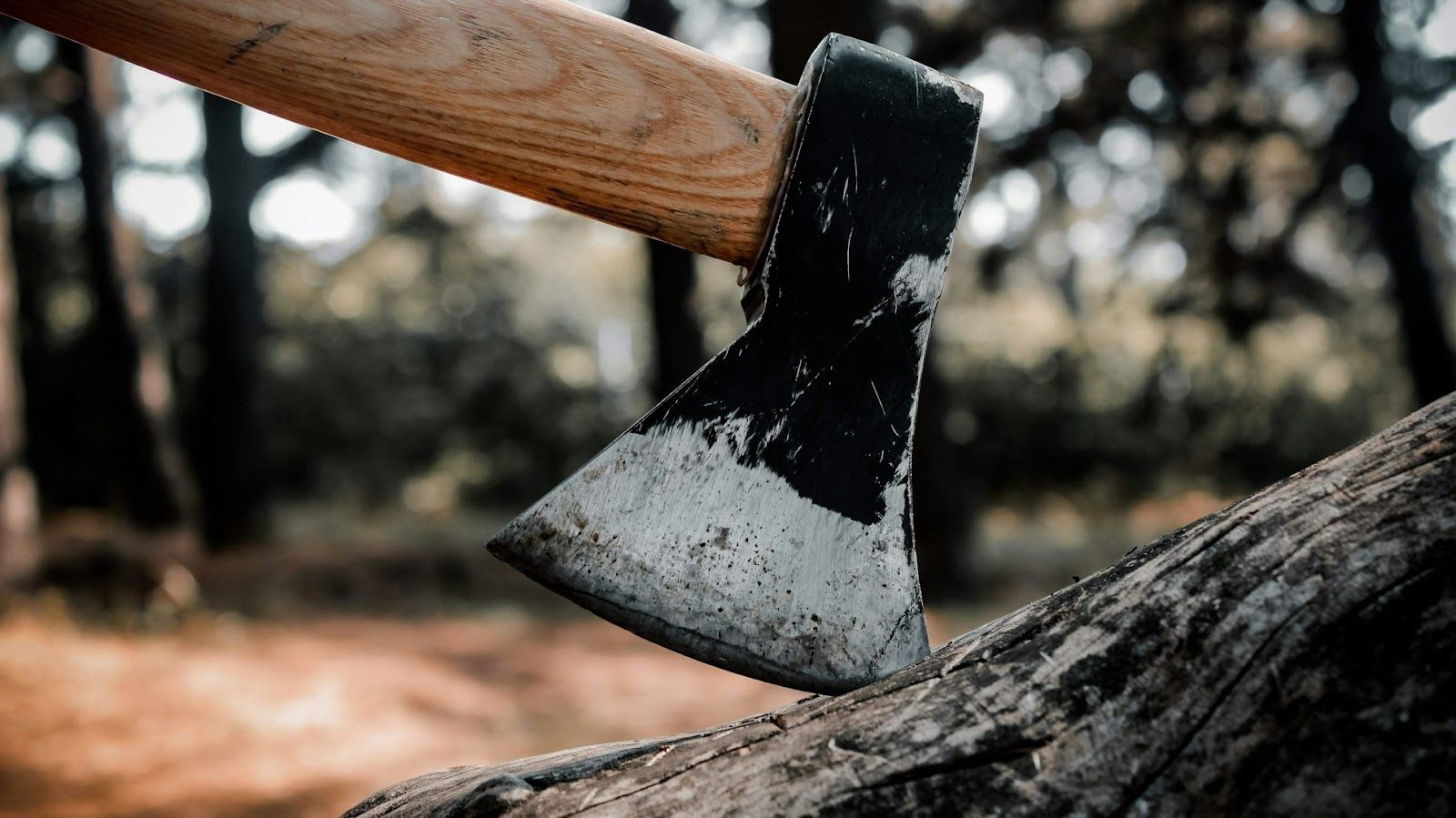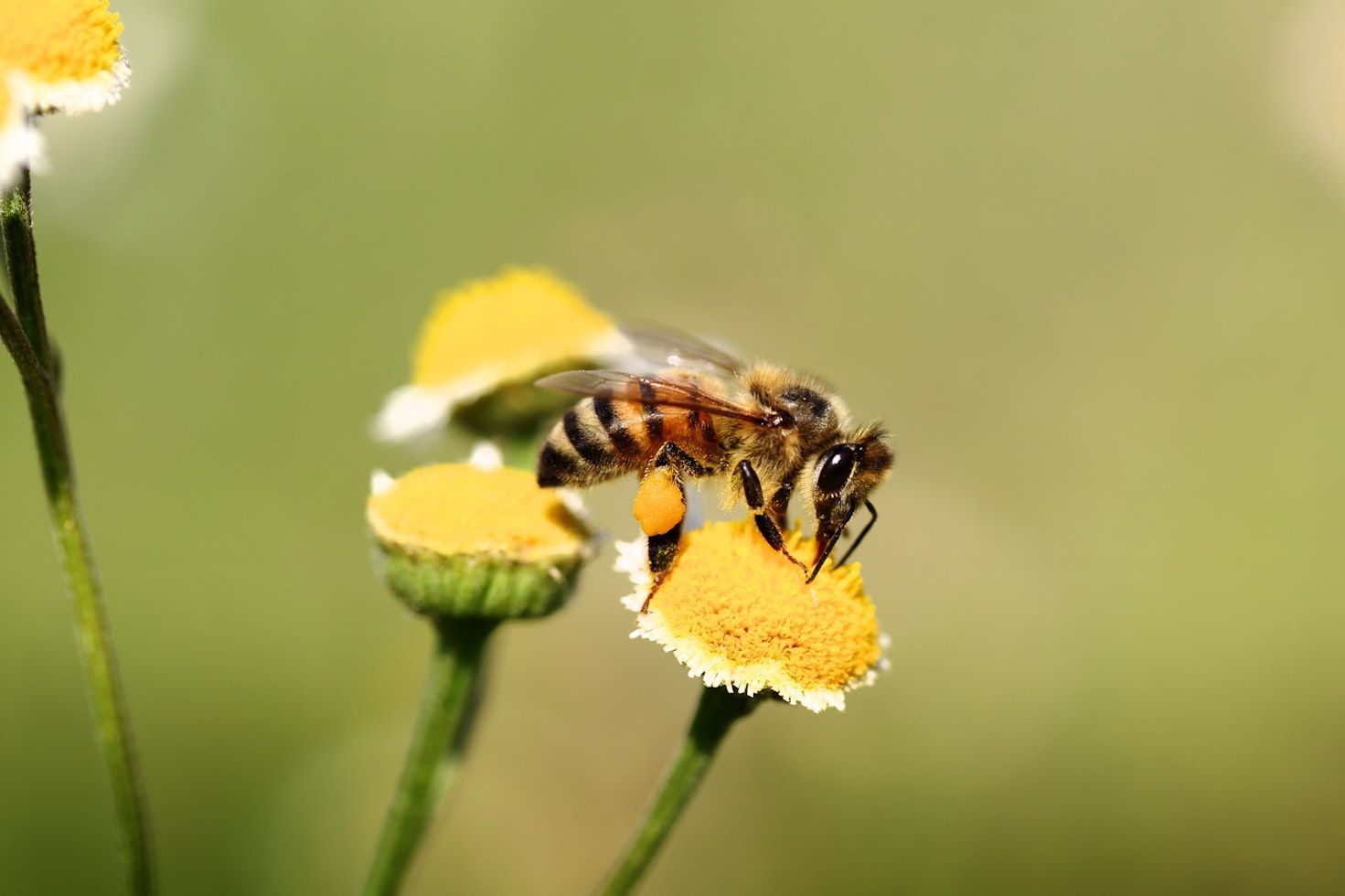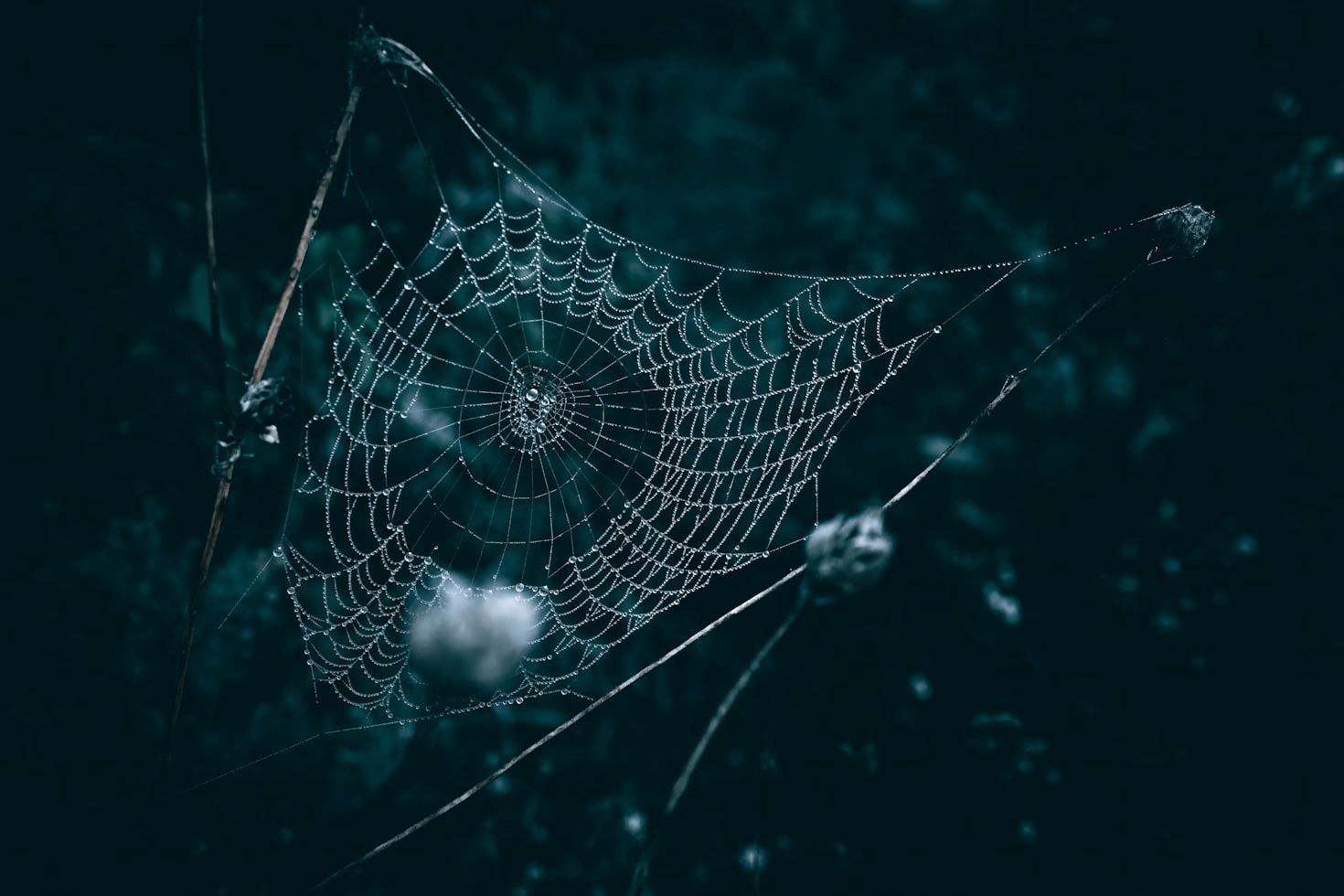Which one do you use?
Calling someone a “basket case” is far darker than you think. Slang 101
Published on July 29, 2025
 Credit: Nick Fewings
Credit: Nick Fewings
A lot of slang terms and everyday words have surprisingly rich backstories tied to real historical events and practices. From dire situations to the flicker of oil lamps, these expressions once described literal experiences before turning into figures of speech. You probably use quite a few of these, but did you know what they really mean?
Run-of-the-mill
 Credit: Oleksandr Voloshchenko
Credit: Oleksandr Voloshchenko
"Run-of-the-mill" these days means something ordinary or unremarkable, like in the sentence: The film on television last night was very run-of-the-mill.
Originally, the phrase referred to ungraded lumber coming straight from a sawmill—nothing selected or special, just the standard output.
Having a chip on one's shoulder
 Credit: GR Stocks
Credit: GR Stocks
To have a chip on one’s shoulder means acting defensively or aggressively, as if expecting to be mistreated, like in: He’s hard to deal with; he’s always had a chip on his shoulder about his lack of education.
The phrase comes from the old practice of a man placing a wood chip on his shoulder, daring others to knock it off and start a fight.
Witch-hunt
 Credit: Mallory Johndrow
Credit: Mallory Johndrow
The idiom a witch-hunt refers to the unfair pursuit or persecution of people with unpopular views, often without proper evidence.
It comes from real witch-hunts in history, especially in the U.S., where many were accused of witchcraft during periods of mass hysteria.
Having an axe to grind
 Credit: David Popkov
Credit: David Popkov
The idiom have an axe to grind means having a personal or selfish reason for getting involved in something, as in: I have no axe to grind, I just want to help.
It likely comes from a story Benjamin Franklin told about a man who tricked someone into sharpening his axe under the pretense of curiosity.
Bark up the wrong tree
 Credit: Robert Gramner
Credit: Robert Gramner
The idiom bark up the wrong tree means to make a wrong assumption or take the wrong approach, like in: You're barking up the wrong tree if you think you can influence the judge.
It comes from raccoon hunting, where dogs sometimes mistakenly barked at the wrong tree, thinking the raccoon was there.
On the breadline
 Credit: Sergio Arze
Credit: Sergio Arze
The idiom on the breadline means living with barely enough money, as in: The widow and her children were living on the breadline.
It dates back to the Great Depression, when the poorest queued for free food at soup kitchens run by groups like the Red Cross and Salvation Army.
Burning the midnight oil
 Credit: Bernard Tuck
Credit: Bernard Tuck
The idiom burn the midnight oil means to work late into the night, often while studying or finishing tasks.
It comes from the time before electricity, when people used oil lamps for light. Though the lamps are long gone, the phrase is still used.
Make the Grade
 Credit: Steve & Barb Sande
Credit: Steve & Barb Sande
The phrase make the grade means to meet a required standard or succeed, though many assume it comes from school.
But it originates from railroads, where powerful trains had to climb steep gradients—if they reached the top, they "made the grade."
Show your true colors
 Credit: David Trinks
Credit: David Trinks
The idiom show your true colors means to reveal your real character or intentions, often after hiding them.
It comes from pirate ships that sailed under false flags to trick their targets, only raising their true flags when ready to attack.
The time is ripe
 Credit: Unseen Histories
Credit: Unseen Histories
The idiom the time is ripe means the moment is ideal for action or change, drawing from the image of perfectly ripe fruit: sweet and ready, but quick to spoil if missed.
Martin Luther King Jr. used this phrase in his 1968 speech Remaining Awake Through a Great Revolution to stress the urgency of social action.
Basket case
 Credit: Omar Roque
Credit: Omar Roque
The term basket case began during World War I, referring to soldiers who lost all four limbs and had to be carried in baskets.
Over time, it came to describe someone seen as helpless, overwhelmed, or mentally unstable, often due to extreme stress or anxiety.












